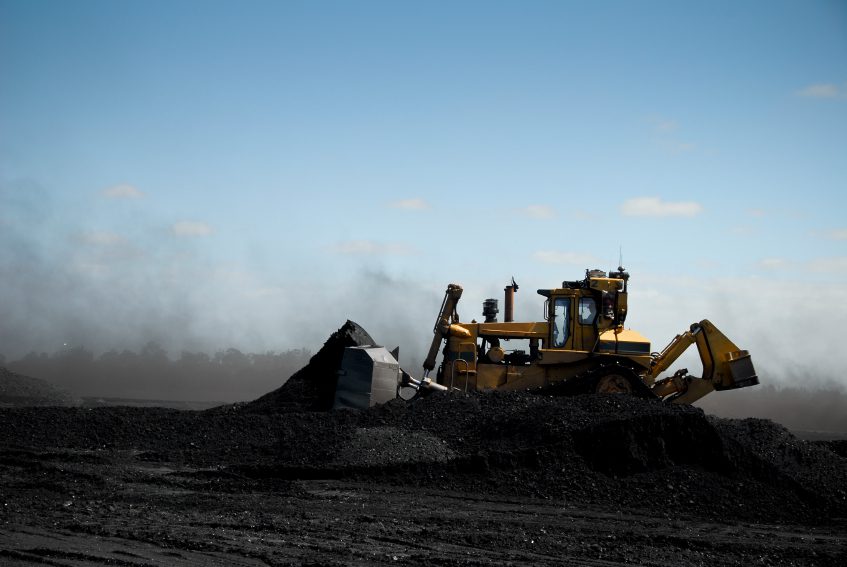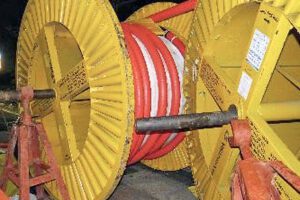The Western Australian Department of Mines and Petroleum have released the following Mines Safety Bulletin No. 121, ‘Hazards associated with dozers working near pit and dump edges’.
SUMMARY OF HAZARD
Recent incidents involving dozers going over edges at Western Australian mines have had the potential to seriously injure the dozer operators. Some of the incidents are described below.
– A dozer operator was attempting to push down an overhung and undercut face when the edge collapsed, causing the dozer to slide down the face and roll onto its side. The dozer had been tramming parallel to the face when the face collapsed.
– A dozer was pushing material over an edge to create an access ramp to the pit floor when the rill of material below the dozer slumped. Mud at the bottom of the rill was pushed out, creating a circular slip failure of the slope. The dozer slid over the edge. It remained upright and stopped about half way down the slope with its blade facing down.
– While pushing down a face, the side of a dozer blade caught on a rock and the dozer rotated. It slid sideways about 2 metres down the face before coming to rest.
– An operator travelling an unplanned route misjudged his surroundings and reversed the dozer over the edge of a 4 metre flitch. It slid down the slope, coming to rest on its side.
CONTRIBUTORY FACTORS
Factors that contributed to dozers going over the edge in these incidents include:
– a failure to follow safe operating procedures (SOPs) or safe work instructions (SWIs)
– supervisors and operators not conducting adequate workplace inspections before and during work activities to identify hazards and implement appropriate control measures
– not re-assessing the effects of changing conditions (e.g. undercut edges, wet or boggy ground)
– not fully understanding the layout and condition of the work area (e.g. potentially unstable areas, surrounding environment).
ACTIONS REQUIRED
Safe systems of work and operator vigilance are critical when operating dozers. The following measures are recommended:
Management and supervisors should:
– establish safe systems of work (e.g. SOPs, SWIs), for tasks involving dozers, including work near edges
– ensure operators are competent to conduct the task
– provide adequate supervision and address any deviations from the SOP or SWI
Supervisors and operators should:
– conduct a task risk assessment, such as a job safety analysis (JSA), before commencing work, and review it if work conditions change (e.g. wet conditions following heavy rainfall)
operators should:
– always be aware of their surroundings and any hazards in the immediate work area
– follow the site’s SOP or SWI for the task.
Basic safe work practices when working near edges include:
– maintaining a full blade of material between the dozer blade and the edge when pushing material over a face
– always working up and down a slope, never across the slope
– regularly inspecting working edges for signs of instability such as cracks
– maintaining a safe distance from the edge of a face — if working at an elevated edge or travelling along the top of the face, the safe distances from the edge should be determined through a risk assessment process and geotechnical assessment.
Consider using remote control technology to perform the job if dozers are required to work near pit edges and there is a significant risk to the operator (e.g. high dumps, unstable ground).














Add Comment